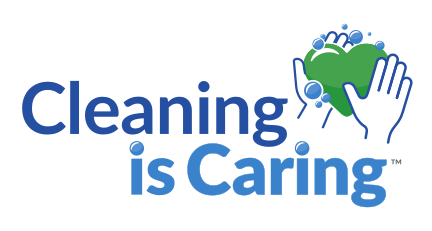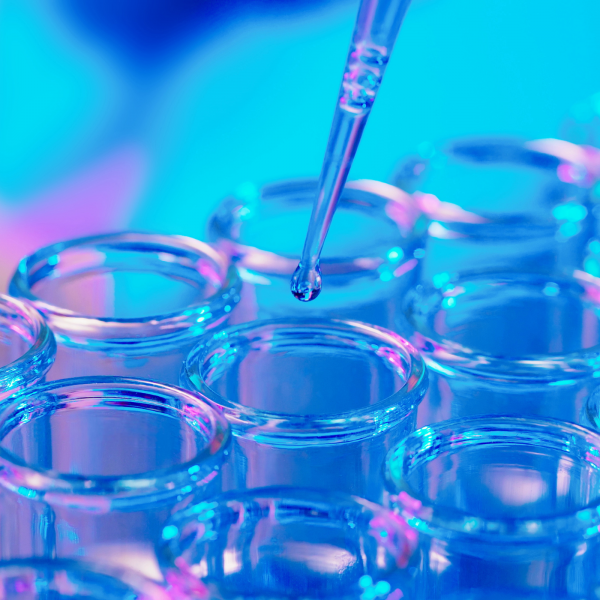Cleaning products are made up of a number of ingredients that each play a role in keeping our homes and public spaces clean. Product formulations usually contain cleaning agents, like surfactants, and other ingredients that may include builders, solvents, enzymes, and more. Did you know cleaning products may also have small amounts of nonfunctional chemicals? These are called trace chemicals.
Where do trace chemicals come from?
Trace chemicals are all around us. Our world is not sterile, and everything is a chemical or a mix of chemicals. These chemicals could be naturally occurring. For instance, apple juice or grape juice may contain a small amount of formaldehyde because it is naturally occurring in apples and grapes. Or these trace chemicals could be a byproduct from formulating a product. They could also develop while a product sits on the shelf. There’s probably salt in your bleach right now since that’s a compound that forms as bleach degrades over time.
How much is a trace?
When we talk about trace chemicals, we’re talking about minute amounts, often measured in parts per million or parts per billion. When numbers are that small, they can be hard to conceptualize. Think of it this way, one part per million is the equivalent of a drop in ten gallons of water, or a few drops in a bathtub. A part per million would take up the same amount of space as a credit card lying on a football field. Whereas one part per billion is even less, by quite a lot. One part per billion would be a drop in a swimming pool. Sometimes, you may even see parts per trillion, which are harder to measure or even identify. One part per trillion is the equivalent of a grain of sugar dropped into a volume of water the size of 35 Olympic swimming pools.
Are trace chemicals safe?
Too much of anything can eventually be harmful, even water. If found in large quantities, some of these chemicals could lead to adverse health impacts. At the very small trace levels they are found in products, they are considered safe. EPA risk assessments and peer-reviewed scientific studies are used to determine safe thresholds and concentrations for the products you use.
Why am I hearing about this now?
You may be hearing more about trace chemicals recently because emerging technology is enabling us to get better at detecting hundreds of chemicals at ever smaller levels in everyday foods, products, and more. Cleaning product companies are working on new technologies to reduce or remove these chemicals to meet consumer expectations and make the products you trust for you and your family even better.


TELL US WHAT YOU THINK (0)